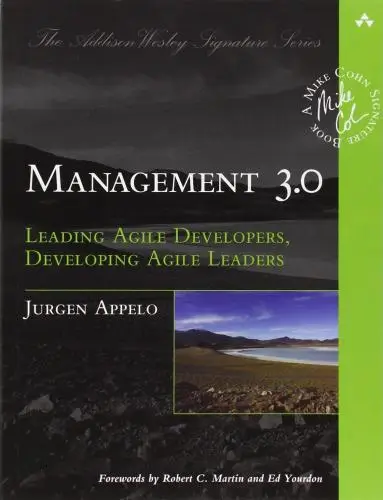Management 3.0
Leading Agile Developers, Developing Agile Leaders
What's it about?
Management 3.0 by Jurgen Appelo delves into innovative management practices, focusing on empowering teams, fostering innovation, and adapting to change dynamically. Appelo introduces compelling models and practical tools to create an environment where creativity thrives and everyone is a leader. Ideal for managers and leaders aiming to navigate the complexities of today's fast-paced work environments, Management 3.0 offers a roadmap to nurturing a truly collaborative and agile organization.
About the Author
Jurgen Appelo, a thought leader in agile management and organizational innovation, captivates with a blend of practical insights and playful storytelling. Best known for "Management 3.0" and "Managing for Happiness," his books are treasure troves for anyone looking to inspire change and boost creativity in the workplace. Appelo's unique POV marries theory with actionable advice, making complex concepts accessible and engaging.
10 Key Ideas of Management 3.0
Empower Teams Through Delegation Poker
Delegation Poker is a collaborative game that encourages teams to discuss and agree on levels of delegation for decision-making.
It involves seven levels of authority, from 'Tell' (the manager decides) to 'Delegate' (the team decides).
This method fosters understanding and consensus on who has the responsibility for various decisions, leading to empowered teams that are more engaged and motivated.
By clarifying decision-making boundaries, it reduces confusion and increases efficiency.
Learn DeeperStart with a Team Meeting: Gather your team and introduce the concept of Delegation Poker. Explain the seven levels of authority, ensuring everyone understands the spectrum from 'Tell' to 'Delegate'.
Play Delegation Poker: Use cards or makeshift items to represent the different levels of delegation. Present various decision-making scenarios relevant to your team's work. Let each team member choose a card that represents the level of authority they believe is appropriate for each scenario.
Discuss and Align: After each round, discuss the reasons behind the choices. This is crucial for understanding each other's perspectives and concerns. Aim to reach a consensus on the appropriate level of delegation for each type of decision.
Document and Implement: Once consensus is reached, document the agreed-upon levels of delegation for different decisions. Make this document accessible to all team members and refer to it in future decision-making processes.
Review and Adjust: Regularly review the delegation levels as part of your team meetings. Discuss any new scenarios that have arisen and adjust the delegation levels as necessary to reflect the team's evolving dynamics and needs.
- Example
Example 1: A software development team uses Delegation Poker to decide who should have the final say in choosing the technology stack for a new project. They agree that the decision should be at a 'Consult' level, where the team leader makes the final decision but only after consulting with the team.
- Example
Example 2: An event planning team plays Delegation Poker to determine who should decide on the venue for an upcoming conference. They conclude that this decision should be 'Delegated' to the logistics sub-team, who has the most expertise and information to make an informed choice.
Enhance Feedback Loops with the Feedback Wrap Method
The Feedback Wrap method structures feedback in a constructive manner, focusing on specific observations and suggestions without personal criticism.
It involves describing your context, listing your observations, expressing your emotions, sorting by value, and ending with suggestions.
This approach promotes open communication and continuous improvement, as it helps individuals understand how their actions affect others and the project.
It encourages positive changes and personal growth.
Learn DeeperStart with Context: Before giving feedback, always set the stage by explaining your perspective. For instance, if you're a team leader, mention that your observations are based on the latest project's performance metrics.
List Observations, Not Judgments: Focus on specific behaviors or outcomes you've noticed, rather than making character judgments. Say, 'I noticed the report was submitted two days late,' instead of 'You're always procrastinating.'
Express Your Emotions with 'I' Statements: Share how the situation made you feel without blaming the other person. For example, 'I felt concerned when the report was late because it could impact our project timeline.'
Sort Observations by Value: Prioritize your feedback points from most to least critical. This helps the receiver understand what's most important and why.
End with Constructive Suggestions: Always conclude your feedback with actionable suggestions for improvement. For example, 'For future reports, setting internal deadlines might help ensure they're completed on time.'
- Example
During a team meeting, a project manager uses the Feedback Wrap method to address a recurring issue of missed deadlines.
- Example
The manager starts by explaining the importance of deadlines in client satisfaction, lists specific instances of missed deadlines without blaming, expresses concern over the project's reputation, prioritizes the feedback based on the impact of missed deadlines, and suggests implementing a new project management tool for better time tracking.
- Example
A team leader provides feedback to a team member about their presentation skills in a one-on-one meeting.
- Example
The leader begins by acknowledging the team member's effort and improvement over time, notes specific moments during the presentation where the message wasn't clear, shares feelings of confusion as an audience member, ranks the feedback starting with clarity of message, and ends with the suggestion to attend a workshop on effective communication.
Foster Innovation through Exploration Days
Exploration Days, also known as 20% time or innovation days, allow employees to spend a portion of their time exploring new ideas or working on projects outside their regular tasks.
This practice stimulates creativity, fosters innovation, and can lead to valuable developments that benefit the entire organization.
It also increases job satisfaction and retention by allowing employees to pursue their interests and demonstrate their capabilities beyond their defined roles.
Learn DeeperSchedule Regular Exploration Days: Start by allocating a specific day or portion of a day every week or month where you and your team can work on projects outside of your regular tasks. This could be anything from learning a new skill, researching industry trends, or developing a prototype for a new product idea.
Encourage Sharing of Ideas: Create a platform or regular meetings where everyone can share what they're working on during their exploration time. This not only fosters a culture of innovation but also encourages collaboration among team members who might have skills or insights to contribute to each other's projects.
Set Clear Guidelines, But Allow Freedom: While it's important to have some structure around Exploration Days to ensure they are productive, it's equally important to give employees the freedom to explore their interests. Set clear objectives (like learning something new or creating a prototype) but allow them to choose the projects they are passionate about.
Track and Celebrate Successes: Keep track of the projects that come out of Exploration Days and celebrate the successes, no matter how small. This could be through showcasing them in company meetings or even implementing the successful projects into your business operations. Recognizing these achievements will motivate your team to continue innovating.
- Example
Google's famous '20% time' policy allowed engineers to spend one day a week working on projects that weren't necessarily part of their job descriptions. This led to the creation of products like Gmail and AdSense.
- Example
Atlassian hosts 'ShipIt Days', a 24-hour hackathon where employees can work on anything that relates to the company's products. It encourages innovation and has led to significant improvements and new features in their software.
Implement Merit Money to Recognize Contributions Fairly
Merit Money is a system where employees receive points, credits, or tokens from peers based on their contributions, which can later be exchanged for rewards.
Unlike traditional bonus systems, it's peer-to-peer, promoting a culture of recognition and appreciation across all levels of an organization.
This method democratizes recognition, making it more frequent and reflective of an individual's impact on their team and the organization, thus motivating and engaging employees.
Learn DeeperStart Small: Begin by introducing the Merit Money system in a small team or department. This allows you to adjust and refine the process based on feedback before rolling it out company-wide.
Define Clear Criteria: Clearly outline what behaviors, achievements, or contributions qualify for recognition. This ensures fairness and transparency, making it easier for employees to engage with the system.
Educate Your Team: Hold a brief workshop or meeting to explain how Merit Money works, its benefits, and how everyone can participate. This helps in building enthusiasm and ensuring everyone is on the same page.
Use a Simple Tool: Implement a simple, user-friendly tool or platform where employees can give and receive points. It could be as straightforward as a shared spreadsheet or a dedicated software solution.
Regularly Celebrate Achievements: Set aside time during team meetings or company gatherings to acknowledge and celebrate those who have received Merit Money. This reinforces the value of recognition and encourages ongoing participation.
- Example
In a software development team, a developer who goes above and beyond by helping a colleague meet a tight deadline receives Merit Money points from the grateful colleague. These points can later be exchanged for additional paid time off or a gift card.
- Example
During a project, a team member identifies and resolves a potential issue that could have delayed the project's timeline. Their proactive approach is recognized by several team members through the Merit Money system, earning them enough points to select a professional development course as a reward.
Use Moving Motivators to Understand Team Dynamics
Moving Motivators is an exercise to identify what motivates each team member, involving cards representing different motivators such as mastery, freedom, and recognition.
By understanding what drives individuals, managers can tailor their approach to align with these motivators, leading to higher engagement and productivity.
This tool also helps in team formation and conflict resolution by providing insights into potential sources of friction and alignment.
Learn DeeperIdentify Individual Motivators: Start by having each team member complete the Moving Motivators exercise. Distribute cards representing different motivators to each person and ask them to rank these in order of importance to them.
Discuss Motivators in Team Meetings: Allocate time during team meetings for members to share their top motivators. This fosters understanding and respect among team members, helping to build a supportive team culture.
Align Tasks with Motivators: As a manager or team leader, assign tasks and projects based on the individual motivators of your team members. For example, give autonomy-driven tasks to those motivated by freedom, and assign challenging projects to those driven by mastery.
Monitor and Adjust: Regularly check in with your team to see if their motivators have shifted. People grow and change, and what motivates them can too. Be prepared to adjust roles, responsibilities, and recognition to align with these evolving motivators.
- Example
In a software development team, a manager notices that one of her developers is highly motivated by 'mastery'. She assigns him the lead role in a challenging new project, allowing him to grow his skills and stay engaged.
- Example
During a team-building session, a project manager discovers that 'recognition' is a top motivator for several team members. To address this, they implement a monthly 'shout-out' meeting where team members publicly acknowledge each other's contributions and successes.
Deeper knowledge. Personal growth. Unlocked.
Unlock this book's key ideas and 15M+ more. Learn with quick, impactful summaries.
Read Full SummarySign up and read for free!
Management 3.0 Summary: Common Questions
Experience Personalized Book Summaries, Today!
Discover a new way to gain knowledge, and save time.
Sign up for our 7-day trial now.
No Credit Card Needed

Similar Books
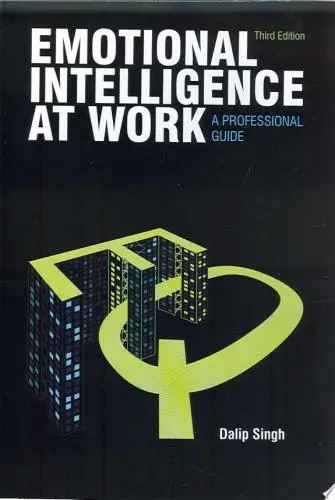
Emotional Intelligence at Work
Dalip Singh
Seeing the Big Picture
Kevin Cope
Leadership Is Concept Heavy
Dr. Enoch Antwi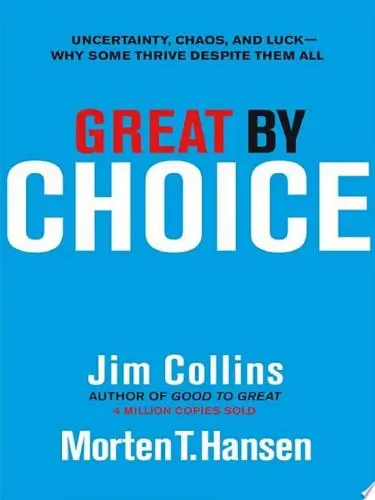
Great by Choice
Jim Collins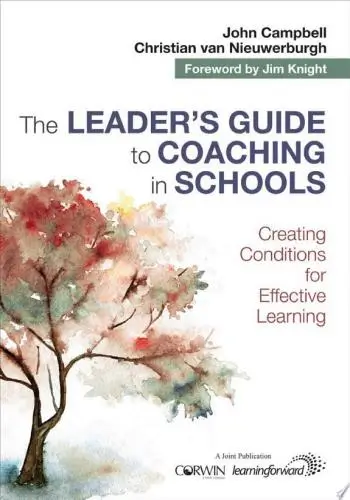
The Leader′s Guide to Coaching in Schools
John Campbell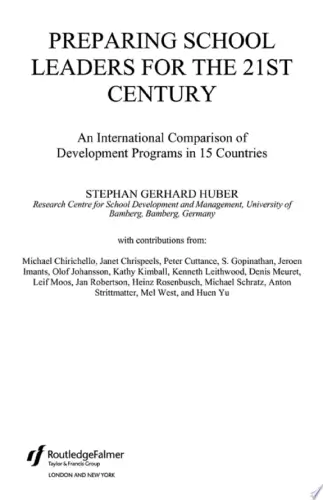
Preparing School Leaders for the 21st Century
Stephan Gerhard Huber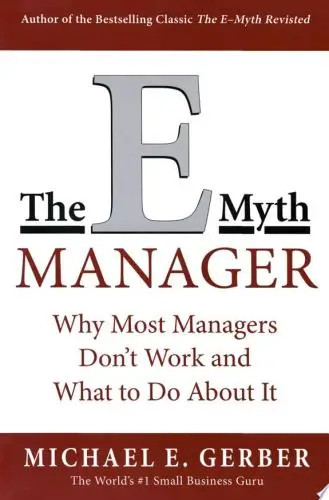
The E-Myth Manager
Michael E. Gerber
Leadership Is Language
L. David Marquet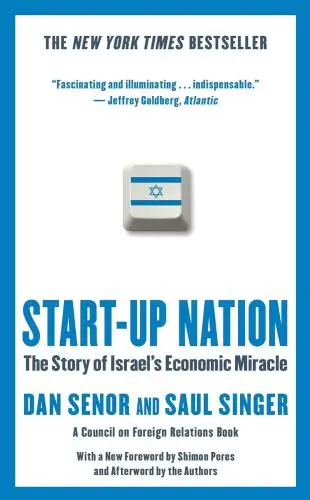
Start-up Nation
Dan Senor
The Founder's Dilemmas
Noam WassermanTrending Summaries

Peak
Anders Ericsson
Never Split the Difference
Chris Voss
Smart Brevity
Jim VandeHei
The Psychology of Money
Morgan Housel
The First 90 Days
Michael D. Watkins
Atomic Habits
James Clear
Thinking, Fast and Slow
Daniel Kahneman
The Body Keeps the Score
Bessel van der Kolk M.D.
The Power of Regret
Daniel H. Pink
The Compound Effect
Darren HardyNew Books

Job Interviews For Dummies®
Joyce Lain Kennedy
Job Interviews In A Week
Alison Straw
Handbook of Career Development
Gideon Arulmani
The Art of Spending Money
Morgan Housel
$100M Offers
Alex Hormozi
A Candle for Kiri
Edna Mae Holm
Principles of Marketing, Global Edition
Gary Armstrong
Serpent Rising: The Kundalini Compendium
Neven Paar
Feeling Is the Secret
Neville Goddard
